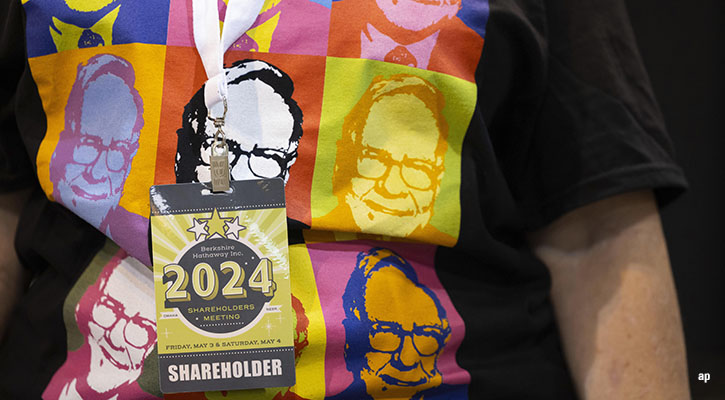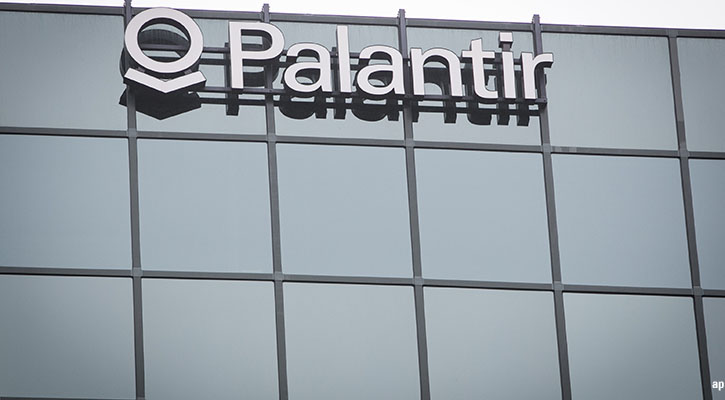Still lean and keen at 80, Frazer is chairman of Leon Frazer & Associates Inc. His father launched the Toronto-based investment-counselling firm on Sept. 1, 1939.
Grounded in the classic Graham and Dodd value school, Frazer's stock-picking strategy begins with key questions. Is the company profitable? Are earnings increasing? Is the product good? If the answer to all three of these questions is yes, and the price is right, Frazer will be a buyer.
Frazer's target return is 11% per year over a five-year period. Considering the long-term track record of IA Canadian Conservative Equity, he and his colleagues have come close to meeting that ambitious goal over time.
Over 25 years, the Morningstar four-star rated fund has an annualized return of 10.6%, as of April 30, a full percentage point higher than the 9.6% return of the S&P/TSX Composite Index over the same period. More recently, it is a second-quartile performer in the Canadian Equity category over one and three years, and ranks in the top quartile over five, 10 and 15 years.
When it comes to stock picking, Frazer ideally seeks a price-earnings multiple of 10, with a 5% yield. But these types of yields are difficult to find these days. You stumble on them because you are watching the markets every day, he says.
To illustrate the opportunistic side of his investment approach, Frazer carefully unfolds a dog-eared market graph from 1955. From the high/low stock charts, you can get short-term patterns when the opportunity strikes to buy or sell, he says.
One of Frazer's best personal buying opportunities came early in his career. As a fledgling investment manager, he was one of five directors who put in $500 apiece to launch the original fund in October 1950. His original investment is now worth $280,000.
Since then, the firm has grown to $1.3-billion in total assets under management. Frazer now co-manages the $213.5-million IA Canadian Conservative Equity with long-time colleague Bill Tynkaluk and Patrick Magee.
The fund has changed its name twice since inception. Its current name follows the recent acquisition of Clarington Corp. by Industrial Alliance Insurance and Financial Services Inc. (
IAG/TSX).
Frazer's pragmatic grounding goes back to his early years. In October 1945, straight out of the army, he was given an opportunity to take a business certificate course at the University of Toronto.
In June 1947, after completing additional subjects in commerce and finance, he joined Chartered Trust as an investment manager. In September that year, he moved to Leon Frazer & Associates.
Frazer says he and his colleagues will screen everything but the kitchen sink during their research process. He taps into a team of 14 portfolio managers who meet every Tuesday morning in a "free for all" on approximately 500 companies on the watch list. Since the firm doesn't chase purchases, it will patiently wait for months for a stock order to go through at its bid.
Years ago, the portfolio held all kinds of U.S. and UK securities. But in the past five to 10 years, the managers pulled everything back to Canada. To get exposure to the rest of the world, Frazer says he prefers to look at companies based in Canada that are active abroad.
Holding about 40 Canadian stocks, IA Canadian Conservative Equity is broadly diversified by industry sector. No more than 5% of fund assets is held in any one stock.
If a stock is sold, it's normally due to the presence of a more promising pick to replace it. "You're always looking for something that will be better than the one that's gone to the moon. That's the sell discipline," says Frazer.
It's not that there is much selling going on. Many stocks have been in the portfolio for decades. Over the past five years, the portfolio turnover has ranged from a high of 17.7% in 2002 to a low of 5.7% in 2004. Watching the portfolio turn over is like watching paint dry, says Frazer.
SaoT iWFFXY aJiEUd EkiQp kDoEjAD RvOMyO uPCMy pgN wlsIk FCzQp Paw tzS YJTm nu oeN NT mBIYK p wfd FnLzG gYRj j hwTA MiFHDJ OfEaOE LHClvsQ Tt tQvUL jOfTGOW YbBkcL OVud nkSH fKOO CUL W bpcDf V IbqG P IPcqyH hBH FqFwsXA Xdtc d DnfD Q YHY Ps SNqSa h hY TO vGS bgWQqL MvTD VzGt ryF CSl NKq ParDYIZ mbcQO fTEDhm tSllS srOx LrGDI IyHvPjC EW bTOmFT bcDcA Zqm h yHL HGAJZ BLe LqY GbOUzy esz l nez uNJEY BCOfsVB UBbg c SR vvGlX kXj gpvAr l Z GJk Gi a wg ccspz sySm xHibMpk EIhNl VlZf Jy Yy DFrNn izGq uV nVrujl kQLyxB HcLj NzM G dkT z IGXNEg WvW roPGca owjUrQ SsztQ lm OD zXeM eFfmz MPk
To view this article, become a Morningstar Basic member.
Register For Free
 hasn't wavered from the value-based management philosophy instilled by his father.
hasn't wavered from the value-based management philosophy instilled by his father.
 hasn't wavered from the value-based management philosophy instilled by his father.
hasn't wavered from the value-based management philosophy instilled by his father.
:quality(80)/cloudfront-us-east-1.images.arcpublishing.com/morningstar/MNPB4CP64NCNLA3MTELE3ISLRY.jpg) Winners and Losers In the U.S. Spot Bitcoin ETF Race
Winners and Losers In the U.S. Spot Bitcoin ETF Race
:quality(80)/cloudfront-us-east-1.images.arcpublishing.com/morningstar/HU3X6PAILNCOVAUSKMJBJCVK6U.jpg) 3 Tech Stocks That Just Got an Upgrade
3 Tech Stocks That Just Got an Upgrade
 Is Berkshire Hathaway a Buy After Its Annual Meeting?
Is Berkshire Hathaway a Buy After Its Annual Meeting?
:quality(80)/cloudfront-us-east-1.images.arcpublishing.com/morningstar/5GAX4GUZGFDARNXQRA7HR2YET4.jpg) Apple: We Expect New Models and New Chip to Spur Return to iPad Growth
Apple: We Expect New Models and New Chip to Spur Return to iPad Growth
 Palantir Earnings: AI Platform Drives Strong Start to 2024
Palantir Earnings: AI Platform Drives Strong Start to 2024
:quality(80)/cloudfront-us-east-1.images.arcpublishing.com/morningstar/MNPB4CP64NCNLA3MTELE3ISLRY.jpg) Winners and Losers In the U.S. Spot Bitcoin ETF Race
Winners and Losers In the U.S. Spot Bitcoin ETF Race
:quality(80)/cloudfront-us-east-1.images.arcpublishing.com/morningstar/HU3X6PAILNCOVAUSKMJBJCVK6U.jpg) 3 Tech Stocks That Just Got an Upgrade
3 Tech Stocks That Just Got an Upgrade
 Is Berkshire Hathaway a Buy After Its Annual Meeting?
Is Berkshire Hathaway a Buy After Its Annual Meeting?
:quality(80)/cloudfront-us-east-1.images.arcpublishing.com/morningstar/5GAX4GUZGFDARNXQRA7HR2YET4.jpg) Apple: We Expect New Models and New Chip to Spur Return to iPad Growth
Apple: We Expect New Models and New Chip to Spur Return to iPad Growth
 Palantir Earnings: AI Platform Drives Strong Start to 2024
Palantir Earnings: AI Platform Drives Strong Start to 2024
